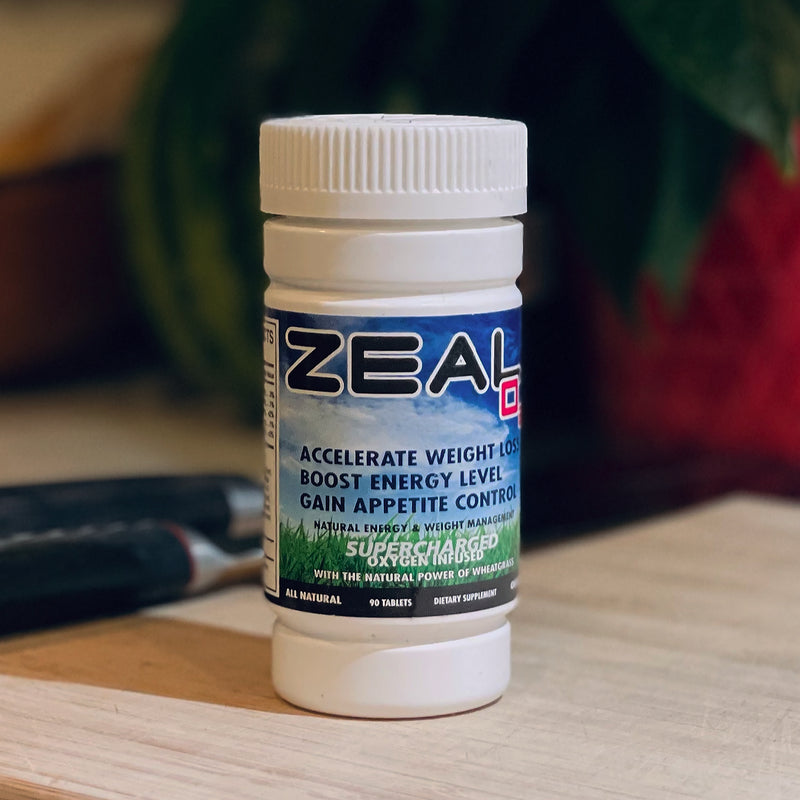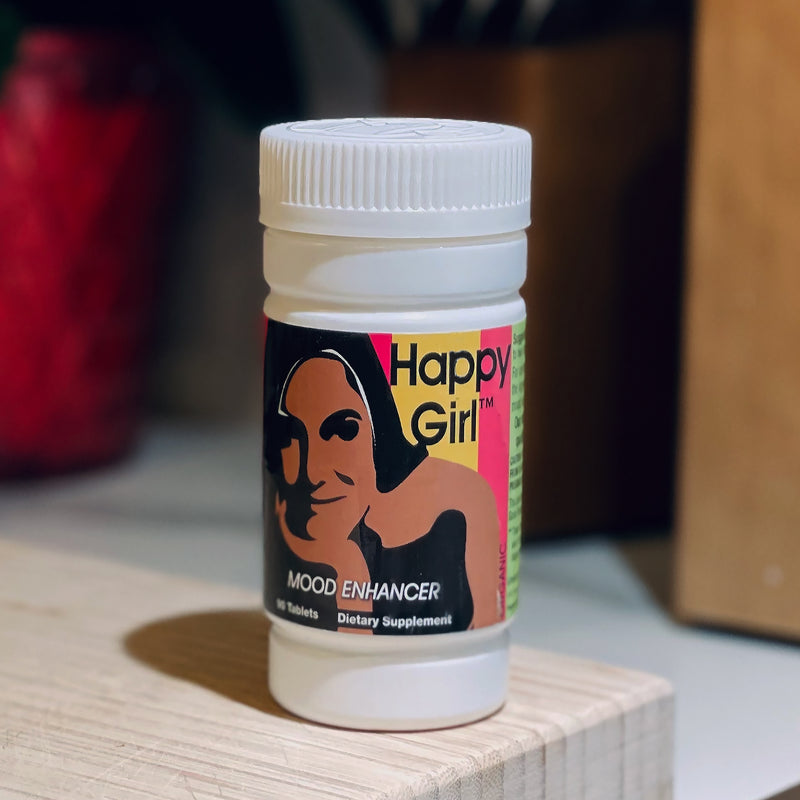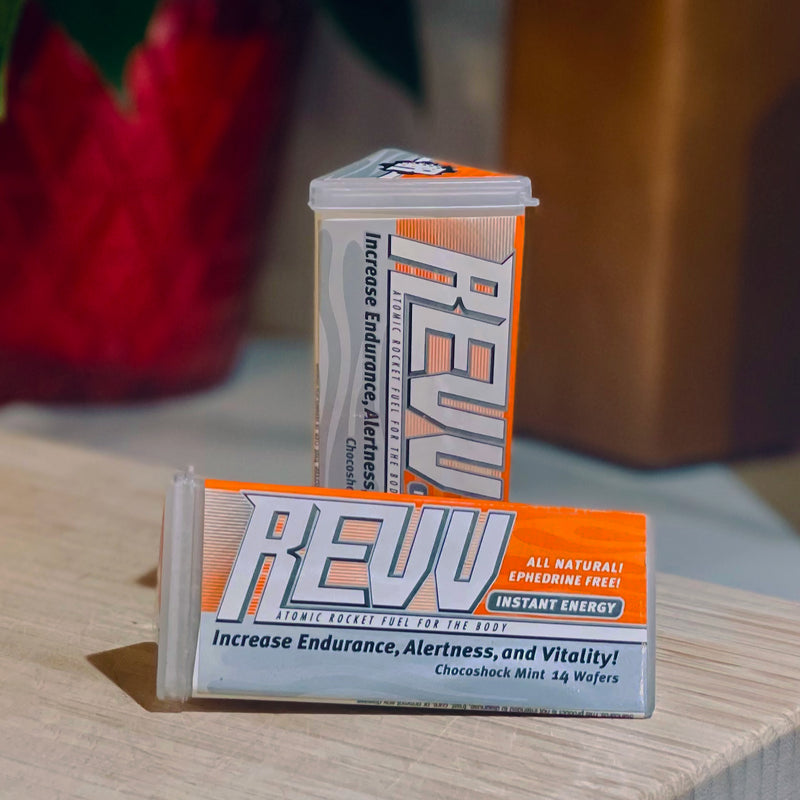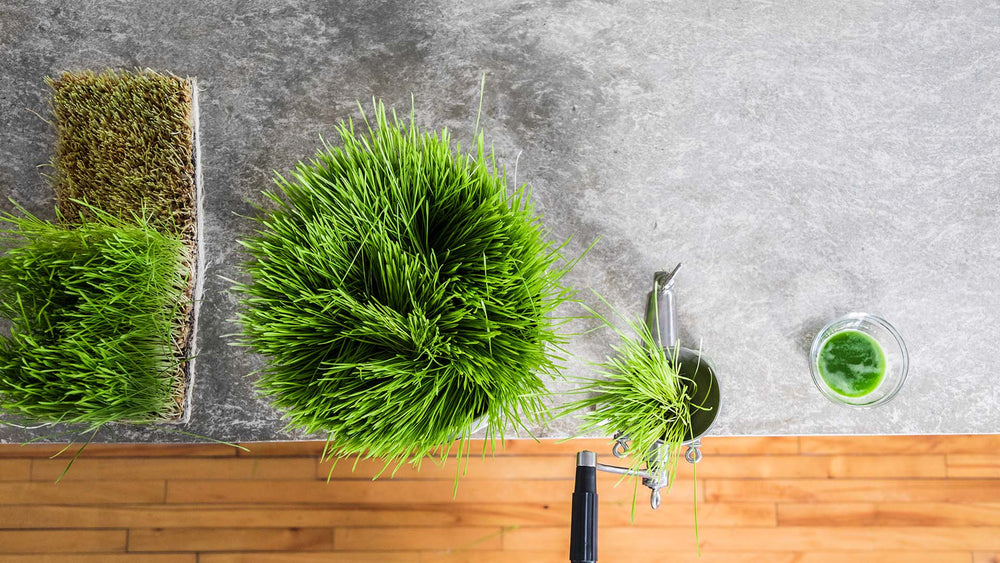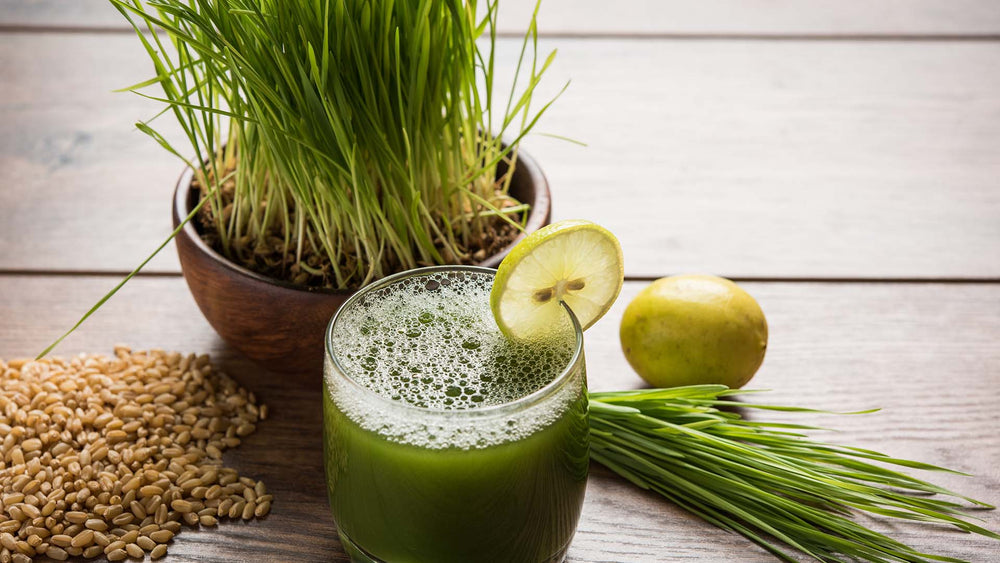Spring is time to come out of hibernation and enjoy the sunshine and warm weather. Unfortunately, allergies can interfere with outdoor fun. The pollen from grass, plants and trees can cause sneezing, watery eyes and other allergy symptoms.
Most people with seasonal allergies receive prescription treatment. Drugs include oral antihistamines, topical nasal sprays or Singulair, a medication that blocks allergy-causing leukotrienes.
Allergy medications can have side effects. People who take Sudafed and other brand-name drugs containing pseudoephedrine may experience anxiety or “the jitters”. Some of the other common side effects of antihistamines include dry mouth, restlessness, blurred vision, confusion, trouble urinating, nausea or dizziness. None of these side effects are life-threatening, but they are bothersome.
Instead of dealing with the expense and side effects of allergy medications, try natural methods to treat (and prevent) seasonal flare-ups. Here are 10 of the best ways to control allergies naturally.
1. Keep Your Windows Closed
Close your windows during allergy season. While it may be tempting to keep them open for the warm breeze, you probably will let a lot of pollen in as well. Turn on your air conditioner to clean and dehumidify the air in your home. Keep windows closed when driving and turn on a an air conditioner in the vehicle.
2. Buy a Neti Pot
A neti pot clears allergens and mucus from the nasal passages. Neti pots were first used in Ayurvedic medicine in India centuries ago. Warm salt water was poured in a small pot, and then used to flush out pollen and mucus from the sinuses.
Research shows that using a neti pot to treat sinusitis, seasonal allergies, and upper respiratory conditions is safe and easy. A 2008 study showed that regular use of a neti pot or other saline solution reduced symptoms in children with allergies. The use of a saline solution prevented the need for steroid nasal sprays. Children who continued to use a saline solution could reduce their intake of prescription antihistamines.
The neti pot resembles a small teapot with a longer spout. It is usually made of copper, ceramic, stainless steel, or plastic.
Fill the pot with saline solution and pour the saltwater into the nostril. It flushes out mucus and leaves through the other nostril. You repeat the process with the other nostril. (You can use the saline packet that comes with the neti pot, or add a half teaspoon of salt to a cup of filtered water.)
People with a history of nosebleeds shouldn’t use a neti pot.
3. Use Saline Spray or Steam Inhalers
Saline spray clears the nasal passageways like a neti pot, but it’s thoroughly sterile and you throw it away after you’ve used the entire container. It clears allergens and mucus, and you don’t need to clean it after each use – just cap it and store it. (Don’t share a saline spray container with another person to avoid contamination.)
Steam inhalers also clear up nasal congestion and allergens. There are hand-held and tabletop models. You fill a compartment with filtered water, plug in the device. You press your mouth and nose into a plastic shield or hover your face over the top of the inhaler to breathe in steam. The steam will loosen mucus and help you breath easier.
Some inhalers have a compartment where you can add essential oil. Using eucalyptus oil or other helpful oils will increase the effectiveness of the steam.
4. Drink Apple Cider Vinegar
Reduce the chance of a rough allergy season by drinking a glass of water with lemon juice and a teaspoon of apple cider vinegar each morning. When you feel an allergy attack developing, put a teaspoon of apple cider vinegar in your Neti pot to flush your sinuses.
5. Use Essential Oils
According to the Asthma and Allergy Foundation of America, 20 million Americans are allergic to dust mites. The waste products from mites can exacerbate seasonal allergies or cause year-round symptoms.
Using essential oils can control house mites. A Chinese study showed eucalyptus oil killed mites and reduced allergens. Rid your home of dust mites by adding two teaspoons of eucalyptus oil to distilled water in a dark colored spray decanter, and use it when you clean or dust.
You can also put a few drops of eucalyptus oil in a Neti pot or diffuser to cleanse your respiratory system, or add it to laundry detergent to destroy microbes.
Frankincense oil has been proven to support the immune system. Rub a few drops of frankincense on your chest or behind your ears a few times day or diffuse frankincense oil in your workspace or home for three hours daily. A Korean study showed that inhaling blended oil from Ravensara, frankincense, and sandalwood improved symptoms and quality of life for adults with allergic rhinitis.
Unclog your sinuses by inhaling diffused peppermint oil. It is an expectorant and reduces phlegm. Research cited by the European Journal of Medical Research showed that peppermint oil can reduce the symptoms of allergic rhinitis and asthma.
6. Take Butterbur
Butterbur (Petasites hybridus), a common weed found in Europe, was shown to work as well as the active ingredient in Zyretec (cetirizine) in a Swiss study. Research indicated cetirizine made users drowsy, but butterbur did not. This natural alternative to antihistamines may not work for everyone – it is related to ragweed, a major cause of seasonal allergies in some folks.
7. Wash Clothes after Going Outside
Mold and pollen spores attach to your clothes, and you need to get rid of them before you track them into your house. Take off your clothes as soon you get home and shake them off outside, on a porch, or in the yard. Wash clothes with an anti-allergen detergent, or regular detergent and a bit of bleach. Dry your clothes in a dryer. Hanging them outside may attract pollen.
8. Eat Foods Containing Quercetin
Quercetin, a powerful flavonoid antioxidant, is found in many fruits and vegetables you eat everyday (or should be eating everyday!). Quercetin-containing foods include broccoli, onions, and green tea. It takes a few months for this allergy-controlling compound to take effect. Include quercetin-containing foods in your diet year-round to “build-up” your resistance against pollen.
This potent antioxidant helps stop the release of histamines and steadies mast cell membranes. Quercetin can prevent leukotrienes, lysosomal and other inflammatory enzymes from triggering allergy symptoms.
You may drink apple or orange juice with breakfast, but tart cherry juice is another option for preventing allergies. This delicious juice is rich in Vitamin A and Vitamin C, and also helps promote better brain health.
Quercetin can help prevent other types of allergies, too. An Iranian study showed that quercetin can even reduce the dangerous and life-threatening effects of peanut allergies.
9. Take Stinging Nettle
Stinging nettle leaf reduces histamines. You should take this herb freeze-dried or in a tea or tincture begins to become more resilient before the start of allergy season.
Stinging nettle was originally used in medieval Europe to relieve water retention and joint pain. It is also used to treat hay fever, urinary tract infections, and insect bites.
10. Eat an Alkaline Diet
Eliminate processed food from your diet and cut down on sugar and salt. Stock up on nutritious foods and cook most of your meals from scratch. An alkaline diet consists mostly of fruits, vegetables, nuts, and legumes, and helps you maintain a healthy immune system.
If you eat too many acidic foods, like meat, poultry, and dairy or drink too much alcohol, it can compromise your immune system. (Lean meat and poultry are fine in small amounts; you may need to cut out most dairy if you have asthma or certain allergies.)
Eat more of the following alkaline foods to improve your immune system and fight off allergy symptoms:
Garlic
Garlic not only stimulates your taste buds, it increases the number and power of the natural killer cells in your body to fight off free radicals and other dangerous cells. It also contains quercetin, like onions, their fragrant vegetable cousins.
Almond Butter, Chia Seeds and Flaxseeds
Almond butter, flaxseeds and chia seeds are good sources of antioxidants, Omega 3’s and magnesium. They are also great replacement snacks if you’re allergic to peanuts and peanut butter
Lemons and Citrus Fruits
Lemons, grapefruits, limes and other citrus fruits contain lots of Vitamin C to toughen your immune system. A glass of lemon water in the morning will help clear toxins and mucus from your body. Add freshly squeezed lemon to salads, tea and fish to meet the recommended daily value of 500 milligrams of Vitamin C.
Kale and other Vegetables with Carotenoids
Spinach, kale and other leafy greens have a high alkaline content and are high in carotenoids, nutrients that increase the number of T-cells and natural killer cells to aid your immune system. Carrots, peaches, squash or any orange-colored fruit or veggie contain even more of these important antioxidants.
Plant-based Milk
Cow’s milk causes many people to experience allergic reactions and asthma. Replace it with coconut, soy, or rice milk. You’ll save fat and calories, and avoid the stuffiness and mucus caused by drinking dairy products.
Gluten-free Flours and Grains
Avoid wheat by using coconut, rice, or oat flour. Anything you can make with refined white flour you can make with gluten-free flour, including pancakes, bread, muffins, and cookies.
Tuna, Salmon, and Other Fish with Omega 3 Fatty Acids
Salmon and other fish with Omega 3 fatty acids help reduce inflammation. Although you can take Omega 3, or fish oil capsules instead, you’ll reap more benefits by eating fish. Omega 3 fatty acids lead to better eosinophil function.(Eosinophils are white blood cells that fight infections in your body.) Omega 3’s strengthen the lungs and helps prevent sneezing, coughing, runny noses and other allergy symptoms.
Probiotic Foods
Eating probiotic foods, such as yogurt, kefir or sauerkraut, may improve seasonal allergy symptoms, according to a study published in the International Forum of Allergy & Rhinology. The “good bacteria” in probiotic foods may change the balance of bacteria in your gut and enable your immune system to fight off pollen.
Other Anti-Allergy Tips
- Wash your hair before you go to bed to get rid of the pollens that have accumulated during the day. If you don’t, you may transfer the pollens in your hair to your pillowcase.
- Wear sunglasses even on partly cloudy days to keep pollen out of your eyes, and wear eyeglasses instead of contact lenses until allergy season is over. Contacts increase the likelihood of attracting more pollen – and developing watery eyes.
- If you jog or exercise outdoors, do it early in the morning before pollen counts are high. (Pollen is higher on hot and windy days than on cooler days.)
- If you have a dog, be sure to rinse him off before bringing him indoors after a romp, in hot, high-pollen weather.
- Use an air purifier in your bedroom if you also have mold or pet allergies, and limit the use of carpet and throw rugs in your home. Replace plain mattress covers and pillows with hypoallergenic ones.
- An attic fan, or other house fans, may worsen allergy symptoms by circulating pollen-containing air from outdoors throughout your house.
Wheatgrass Offer Excellent Protection for Allergy Sufferers
Wheatgrass provides hundreds of nutrients to protect you against allergy symptoms. They include Vitamins C, E and A, zinc, magnesium and hundreds of other vitamins, minerals, amino acids and enzymes. Proper nutrition is essential for controlling allergies, and wheatgrass is one of the most potent superfoods out there.
You can’t eat wheatgrass like your cat, but you can take it in supplement form. Wheatgrass Love’s REVV Instant Energy Wafers and Happy Girl Mood Enhancing Supplement are packed with wheatgrass power.
Wheatgrass Love products contain additional ingredients for even more nutrition. Happy Girl has the three g’s – Ginkgo Biloba, Green Tea Extract and Gotu Kola – to increase enthusiasm and improve your mood. Chocolate mint-flavored REVV has periwinkle herb to increase blood flow to the brain, choline, and flavonoid-rich cocoa.
Learn more about Wheatgrass Love supplements here. Free shipping is included with every order.


